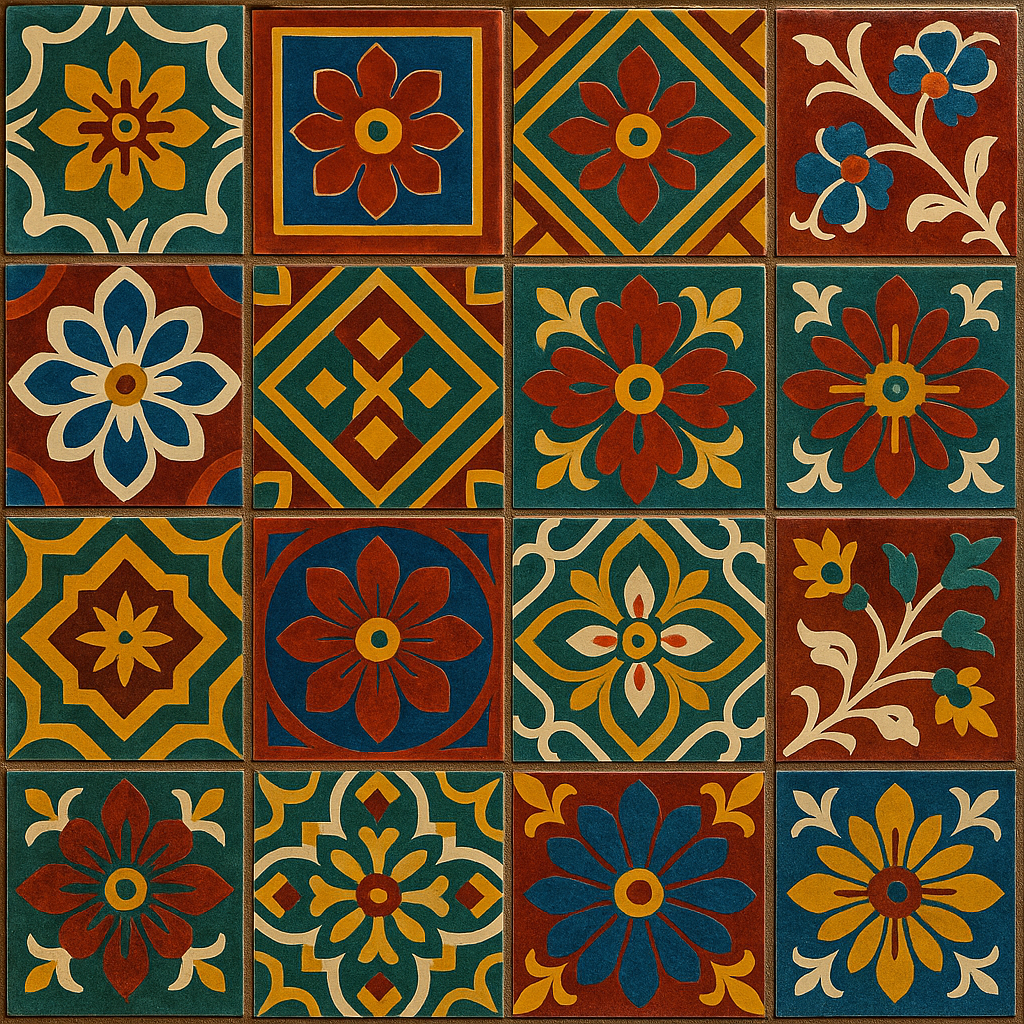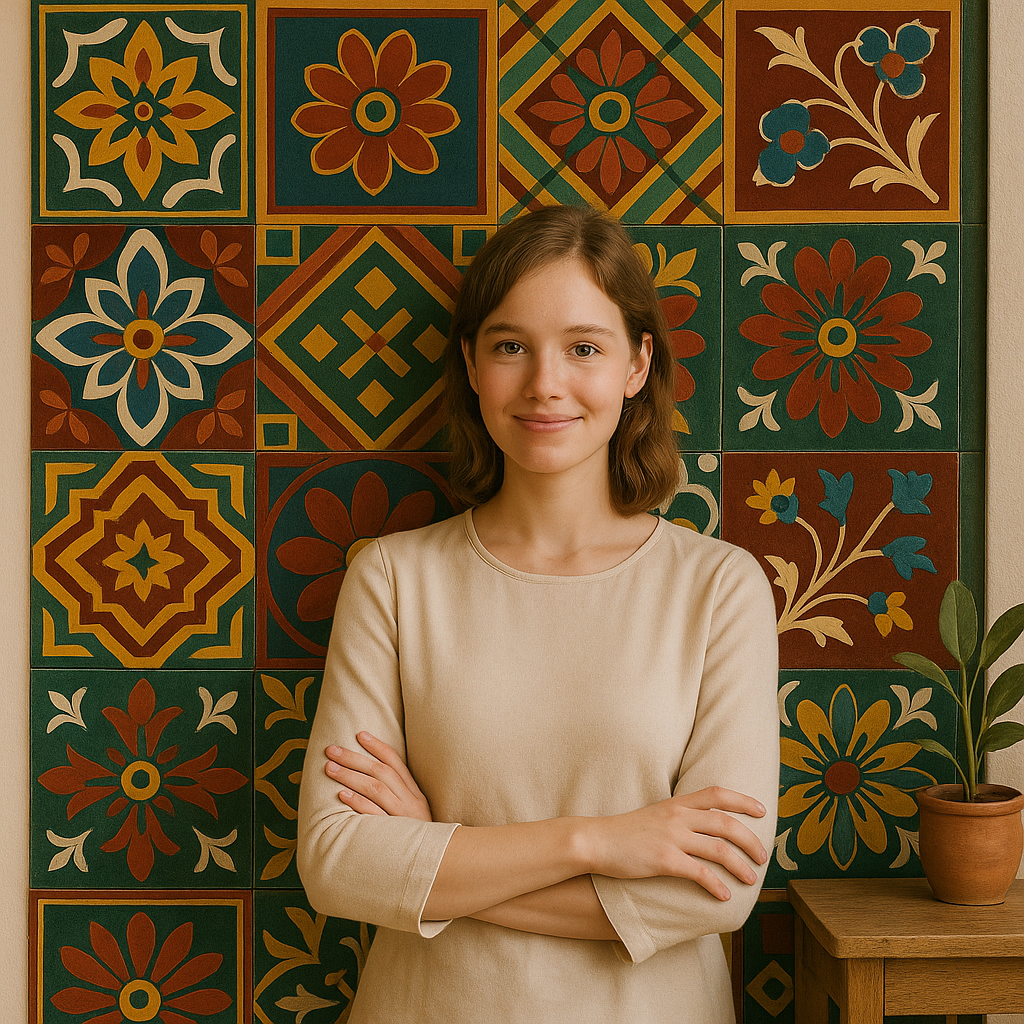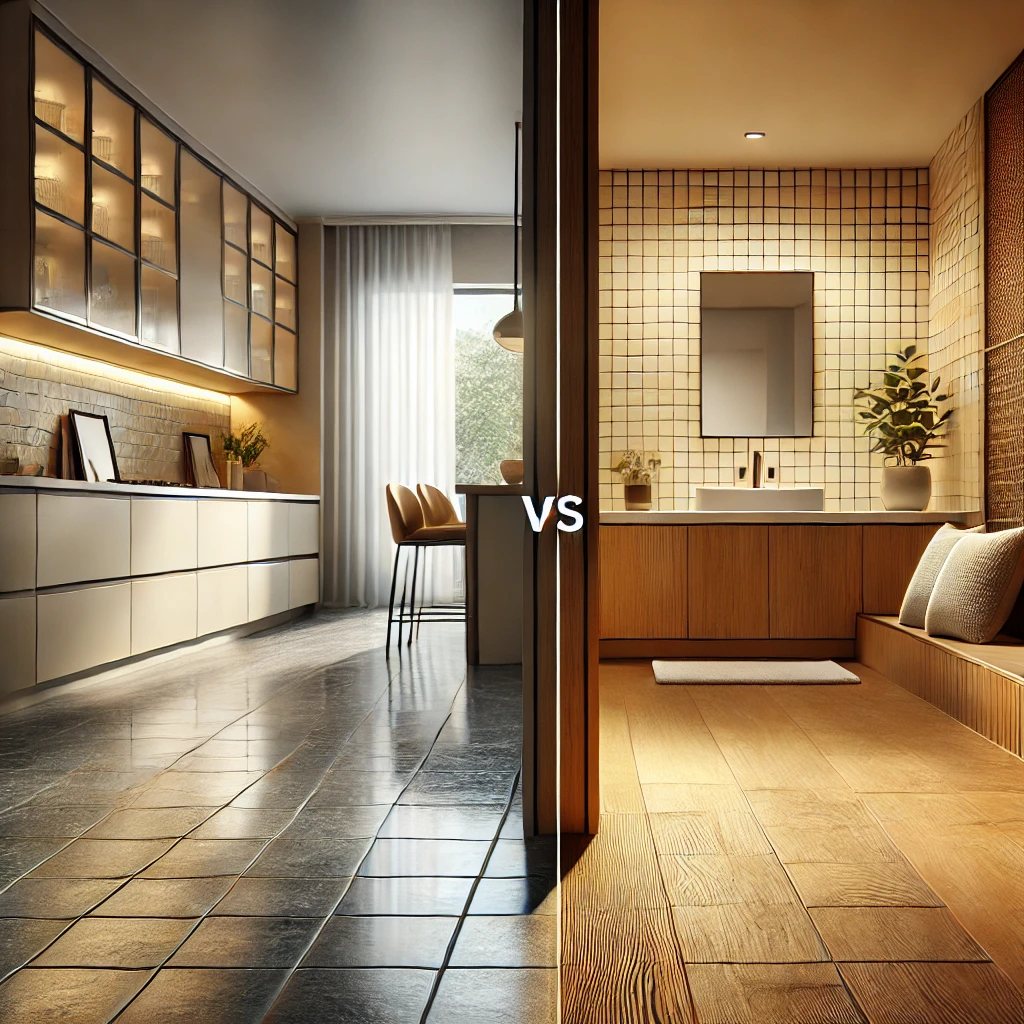Introduction: The Legacy of Athangudi Tiles
Nestled in the heart of Tamil Nadu’s Chettinad region, Athangudi tiles are a living piece of history, artistry, and heritage. These handcrafted tiles, with their vibrant colors and intricate patterns, have adorned palaces and homes for over a century. Today, as the world shifts toward sustainable and aesthetically rich home solutions, Athangudi tiles are experiencing a revival like never before.
History and Origin of Athangudi Tiles
Athangudi tiles are named after the village “Athangudi” in the Sivaganga district of Tamil Nadu. These tiles gained popularity during the Chettiar community’s prosperous days in the 19th and 20th centuries. Unlike mass-produced tiles, these are crafted using a unique blend of local sand, cement, and naturally sourced pigments, preserving the spirit of South Indian culture.
How Athangudi Tiles Are Made: The Artistic Process
Crafting Athangudi tiles is not just manufacturing—it’s artistry passed down generations.
Materials Used in Making Athangudi Tiles
- Local river sand
- White cement
- Natural oxide pigments
- Glass frames
- Hand-carved design stencils
Step-by-Step Manual Tile Production
- Designing: Patterns are created using metal stencils.
- Coloring: Natural pigments are mixed with white cement and poured into the stencil on a glass plate.
- Layering: A grey cement layer is added on top to strengthen the tile.
- Drying: Tiles are left to cure in shade for 7–10 days.
- Polishing: Once dried, they are polished for a smooth, shiny finish.
Each tile is unique—no two pieces are ever completely identical.

Unique Features of Athangudi Tiles
Durability and Longevity
Made with high-grade materials and time-tested methods, Athangudi tiles last decades without losing color or texture.
Eco-Friendliness and Sustainability
- No electricity-intensive baking process
- Zero carbon emissions during production
- Recyclable and biodegradable materials
Custom Designs and Colors
You can create patterns in floral, geometric, or heritage styles. The color combinations are practically limitless!
Why Choose Athangudi Tiles for Modern Homes
Modern homeowners are rediscovering the charm of Athangudi tiles. Here’s why:
- Adds character and uniqueness to interiors
- Blends beautifully with modern and traditional aesthetics
- Supports sustainable living
- Boosts cultural value
Comparison: Athangudi Tiles vs. Ceramic & Vitrified Tiles
| Feature | Athangudi Tiles | Ceramic Tiles | Vitrified Tiles |
|---|---|---|---|
| Durability | High | Medium | High |
| Handmade | Yes | No | No |
| Eco-friendly | Yes | No | No |
| Custom Design | Yes | Limited | Limited |
| Heat Resistance | Excellent | Moderate | High |
| Cost | Medium | Low | High |
Best Places to Use Athangudi Tiles
- Living rooms
- Courtyards
- Verandas
- Heritage hotels
- Boutique stores
- Meditation spaces
Their cooling property makes them ideal for warm climates, especially in South India.
Athangudi Tiles in Contemporary Interior Design
Modern Minimalist Spaces
Pair these traditional tiles with sleek furniture and neutral walls for a striking contrast.
Heritage-Inspired Homes
Use Athangudi tiles with antique furniture and wooden beams to create a nostalgic yet sophisticated look.
How to Maintain and Clean Athangudi Tiles
- Daily: Use mild soap and soft cloth.
- Monthly: Polish with coconut oil or wax for shine.
- Avoid: Acidic or harsh chemical cleaners.
- Pro Tip: Let tiles cure for 4–6 weeks post-installation for maximum strength.
Cost Breakdown and Installation Tips
- Price per sq. ft.: ₹80–₹150 (approx)
- Labor cost: Slightly higher due to careful installation
- Installation Tips:
- Hire skilled local masons
- Avoid using acid post-laying
- Allow proper curing time
Where to Buy Authentic Athangudi Tiles
You can purchase directly from artisans in Tamil Nadu or order online from reputed sellers. Ensure the vendor sources from Athangudi village for authenticity.
FAQs
1. Are Athangudi tiles slippery?
No. When polished correctly, they offer good grip and are suitable for homes with elderly or children.
2. Do they fade over time?
No. Natural oxide pigments ensure long-lasting colors that age gracefully.
3. Can I use them in bathrooms or kitchens?
Yes, but it’s recommended to seal them properly and maintain them to prevent water absorption.
4. How long do Athangudi tiles last?
With proper care, they can last for 40–50 years or more.
5. Are they available outside India?
Yes, several exporters ship worldwide, but be cautious of fakes—always ask for origin proof.
6. Can I customize patterns?
Absolutely. Artisans offer customization for colors, shapes, and designs.
Conclusion: A Blend of Art, Heritage & Sustainability
Athangudi tiles are not just flooring—they are a heritage investment. Whether you’re designing a new space or renovating an old one, these tiles offer unparalleled elegance, sustainability, and cultural depth. Bring tradition to your doorstep with a tile that tells a story in every square foot.



